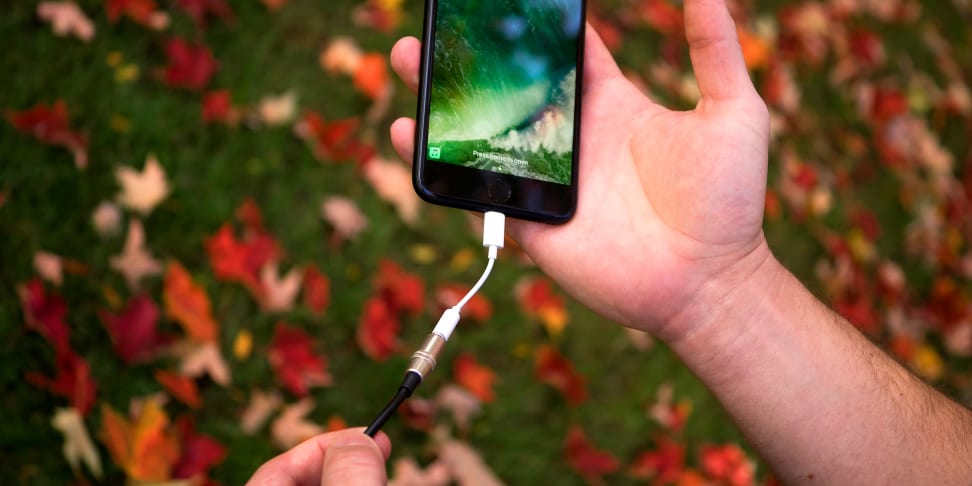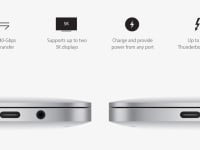USB-C is a nightmare—here's why the iPhone should stick to Lightning
The dream of USB-C as a "universal" plug is actually a nightmare
 Credit:
Reviewed.com / Michael Desjardin
Credit:
Reviewed.com / Michael Desjardin
Products are chosen independently by our editors. Purchases made through our links may earn us a commission.
{{ amazon name="AUKEY USB-C to USB-C Cable", asin="B01C2PVO7S", align="right" }}So, there's a rumor going around that Apple may ditch its five-year-old Lightning cable in favor of the new "universal" USB-C cable. It makes sense; USB-C ports have been popping up everywhere from laptops to smartphones, and Apple's new MacBooks already have USB-C for everything.
The promise of USB-C is simple: one plug that can do it all. It's reversible, just like Lightning, and it can carry data, charge your device, and even be used to hook up to external monitors. In theory–-one cable could charge your phone, your laptop, and plug into your external monitor at the same time. Sounds great, right?
In reality? USB-C is a mess. Because of a lack of standardization, even though all USB-C cables look the same, they can act completely differently. The name "USB-C" only tells you one thing: the kind of connector at the end of it.
Even on a new 13-inch MacBook Pro, the unlabeled USB-C ports on one side are faster than on the other side. Some USB-C ports top out at 5MB per second, while others can do twice that. Some can be used to hook up to an external monitor, others can't.
And with Intel's Thunderbolt 3 spec (and its 40GB per second speeds) hitting more devices, the differences between cables and ports that look identical is piling up. That's not great, and that's before we even get into all the dongles you'll need to make those identical ports do all the different things you need.
It's even more frustrating when you want to buy extra cables, or use the same cable for multiple devices. First, there's some real danger involved. Some can charge a phone, but not a laptop. Some can send data quickly, while others are slow. It's a complete mess and it's going to be all too easy to spend too much on a cable that might not even do what you need it to.

Are these Mac's ports USB 3.1 Gen 1? Thunderbolt? Can they all charge the device?
That's even true of Apple, by the way. The company sells at least 18 different USB-C cables and adapters already, including a "USB-C Charge Cable" that is only really good for charging the MacBook, since it can only transfer data at USB 2.0 (read: sloooooow) speeds.
And it's not like Apple can just ride in on a gleaming aluminum horse and save everything by putting USB-C on the iPhone. After all, Apple hasn't been able to make sense of USB-C yet, and it's now on every single new laptop that it sells.
While USB-C is still promising, for the time being all it's succeeded in doing is reminding us just how much easier it is to correctly identify and use the "old" standards like USB and HDMI.
This is also ignoring the fact that, frankly, Lightning doesn't need to be replaced. Apple's old 30-pin connector was big, and weird, and clunky. Lightning isn't, and it's built up a good ecosystem with plenty of accessories to go around.
With all of this in mind, I'll be sticking with Lightning on my iPhone, thank you very much. Hopefully Apple does the same.


